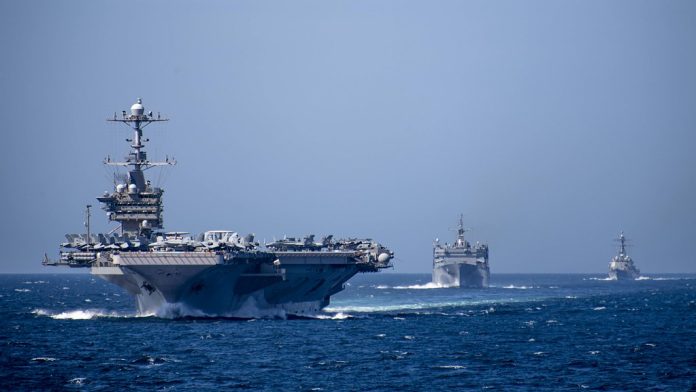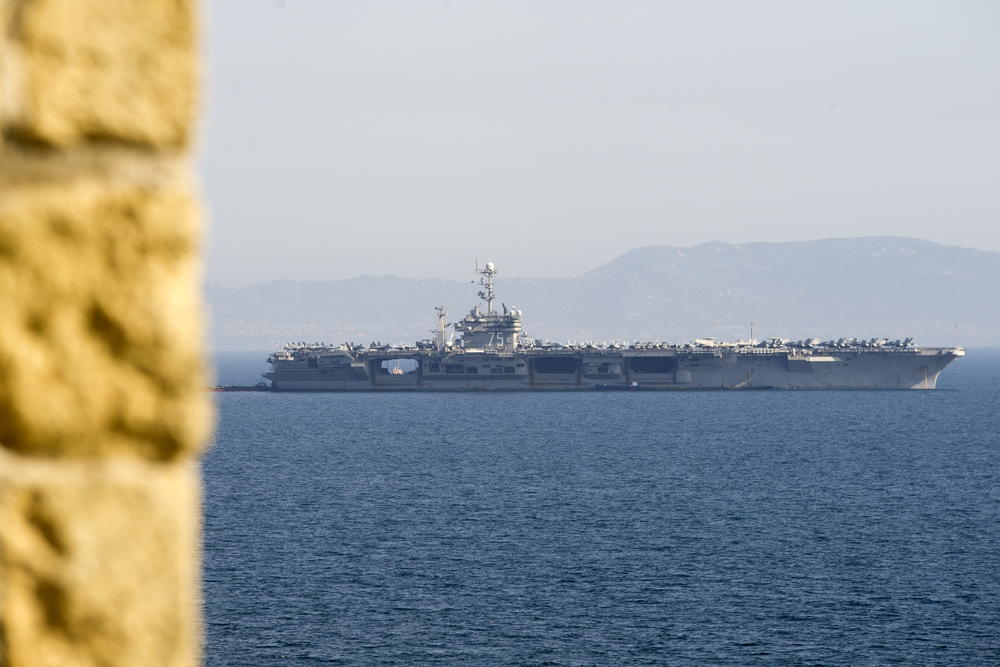
The recent months have witnessed a flurry of activity surrounding the USS Harry S. Truman, the U.S. Navy’s formidable Nimitz-class aircraft carrier.

NORFOLK (Feb. 13, 2009) The Nimitz-class aircraft carrier USS Harry S. Truman (CVN 75) transits up the Elizabeth River as it passes the downtown Norfolk waterfront after completing a successful and on-time six-month Planned Incremental Availability at the Norfolk Naval Shipyard in Portsmouth, VA. (U.S. Navy photo by Mass Communication Specialist 3rd Class Tyler Folnsbee/Released)
The vessel has not only completed a crucial phase of modernization, but it’s also gearing up for a pivotal mission in the perilous waters of the Red Sea, all while navigating the choppy political currents that once threatened its very existence.
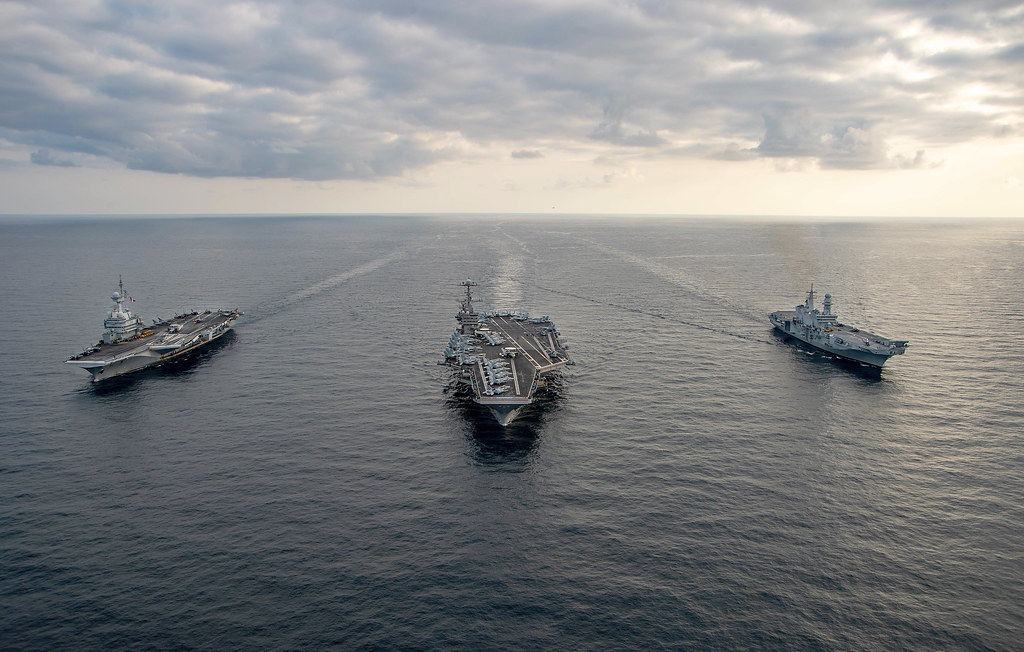
USS Harry S. Truman, affectionately known as CVN-75, has been a cornerstone of U.S. naval might since its commissioning in 1998. Following a substantial 12-month Planned Incremental Availability (PIA) focusing on modernization and repairs, it’s now poised for a midlife overhaul, a Refueling and Complex Overhaul (RCOH), set to be carried out by Huntington Ingalls Industries’ Newport News Shipbuilding division.

This $913 million project, slated for completion by 2026, represents a significant portion of the ship’s maintenance across its 50-year service life, as noted by NNS vice president of in-service aircraft carrier programs, Rob Check: “This contract allows us to properly plan for each step in the overhaul process… so that Harry S. Truman and its sailors can continue to protect peace and prosperity around the world.”
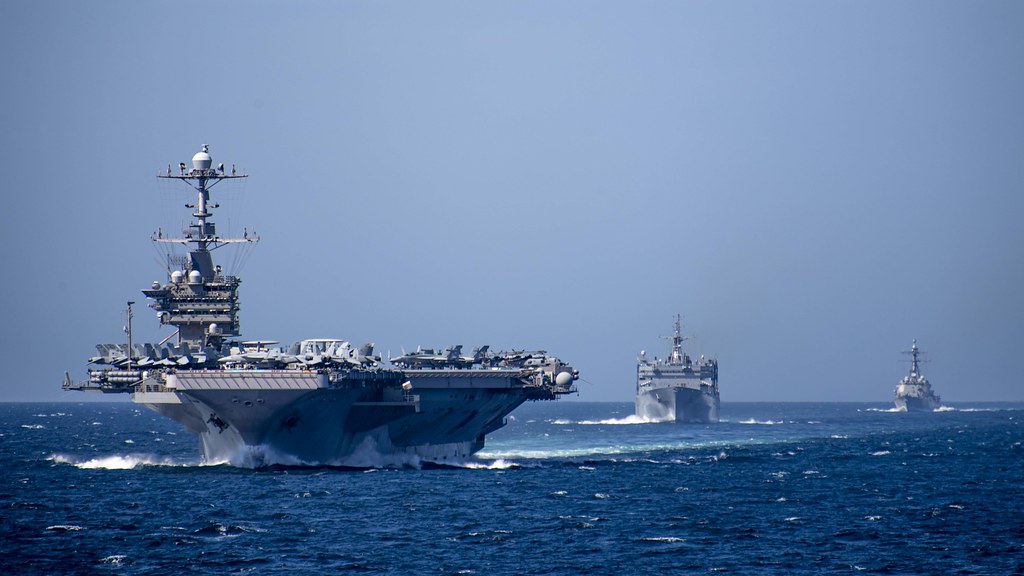
The importance of maintaining such powerful naval assets was underlined by the recent announcement that some older Nimitz-class carriers might see service life extensions, reflecting the Navy’s pragmatic approach to global demands and the rigors of geopolitical tensions.
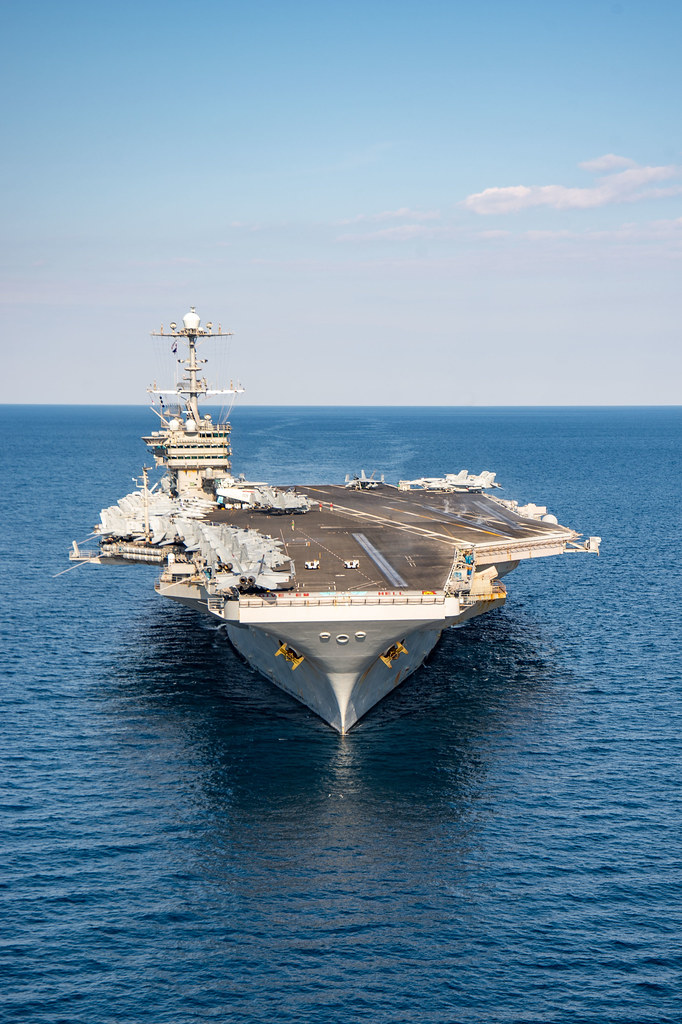
While preparations for the RCOH march on, the Truman has been sharpening its talons for a mission of immediate consequence. It is set to replace the USS Dwight D. Eisenhower in the Red Sea, a volatile theater where U.S. naval forces have been actively engaged in countering threats from Houthi rebels in Yemen.
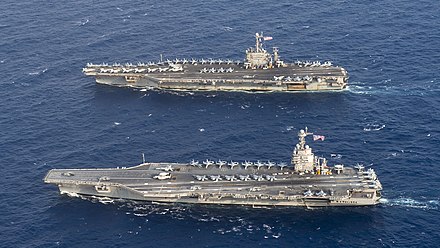
With the daily reality of drone and missile attacks, the stakes are palpable. Admiral Daryl Caudle of the U.S. Navy Fleet Forces Command expressed the gravity of the upcoming deployment: “They know that they’re most likely going to be entering a weapon engagement zone… this [deployment] is not with the mindset that they’re just going to go drill holes in the water somewhere — this is, ‘We’re going to be employed for combat.’”
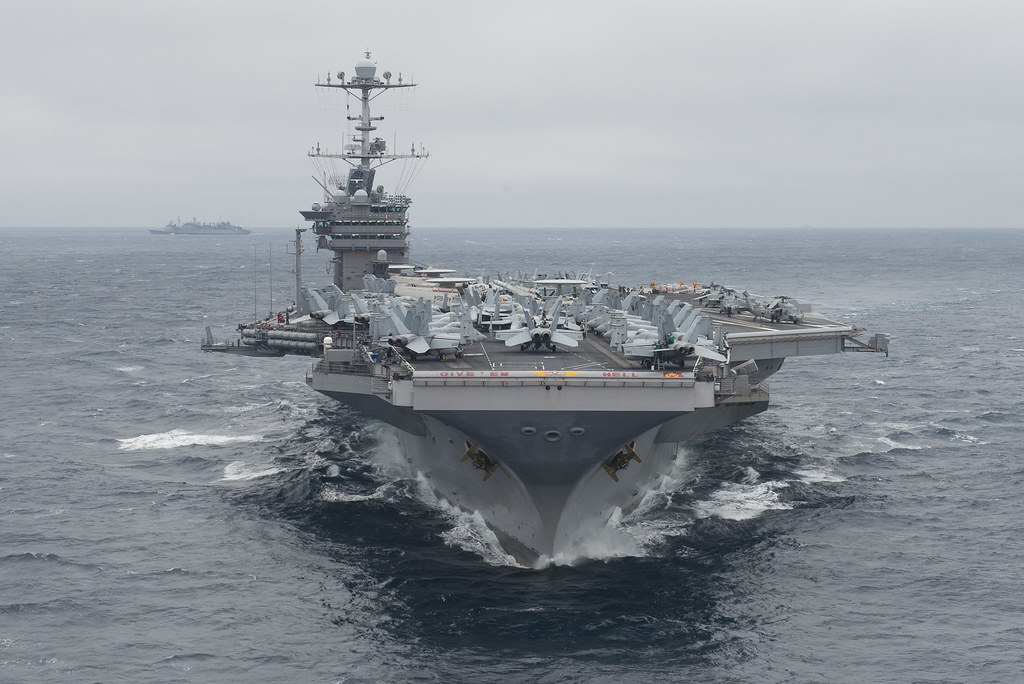
As the Truman’s crew trained in the western Atlantic, they were under no illusion about the dangers awaiting them. The ship’s recent participation in Miami’s Fleet Week provided a rare respite for the sailors, and it was an opportunity for the Navy to engage with the community in a unique show of solidarity and strength, despite initial pushback from planners.
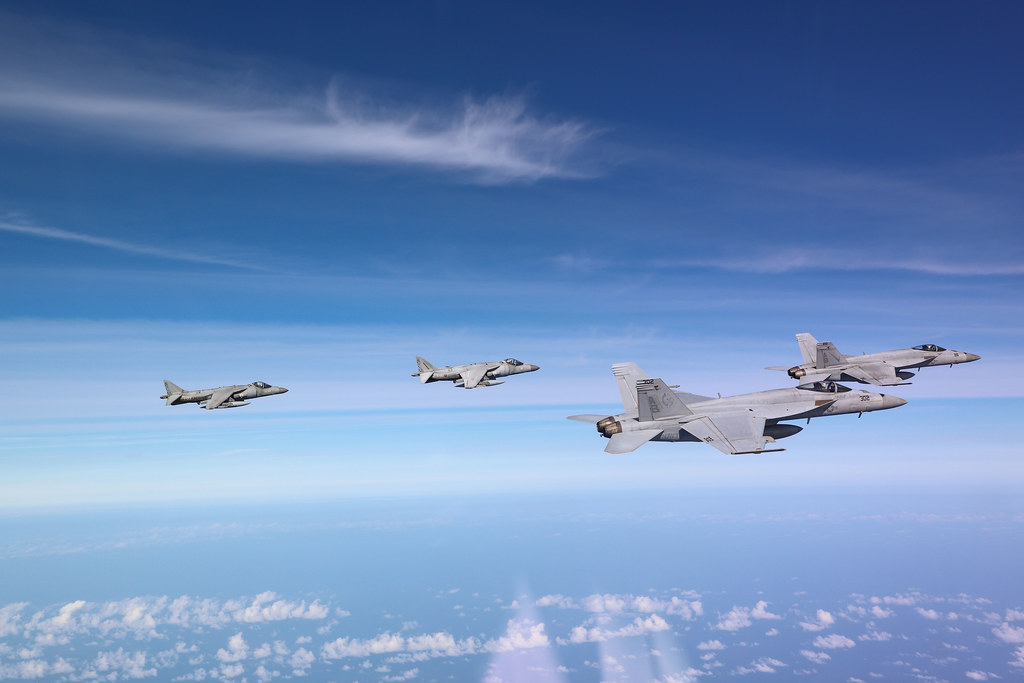
The Truman’s embarkation towards the Red Sea comes with a full complement of about 90 aircraft, including F/A-18 Super Hornets, E-2D Hawkeyes, EA-18G Growlers, and MH-60 Seahawks, poised to take on the mantle from Eisenhower’s strike group.
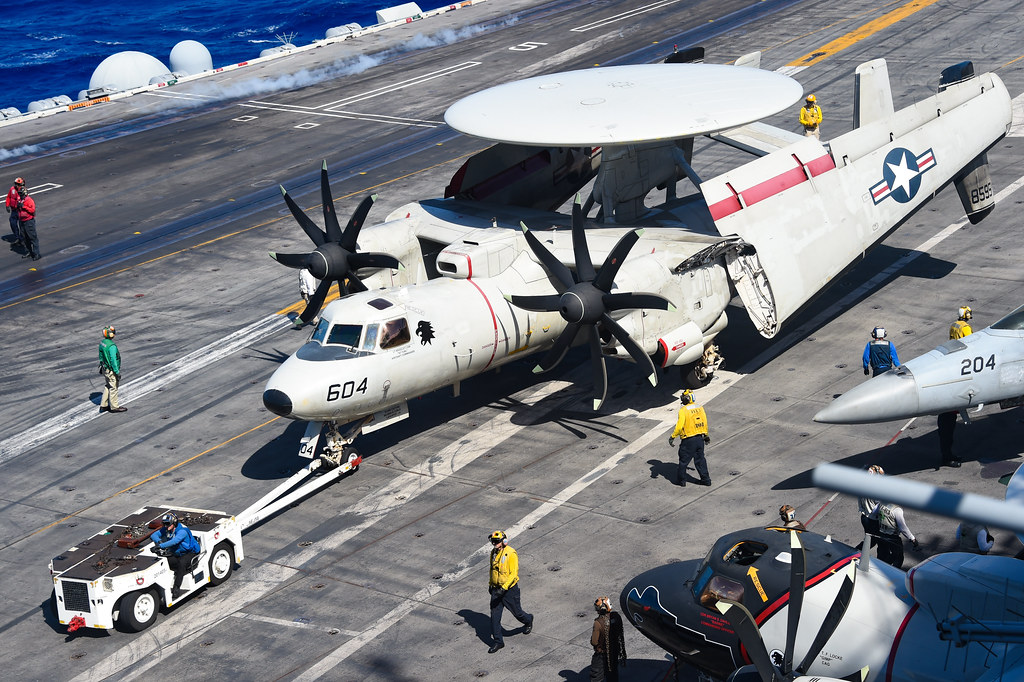
This transition represents the Navy’s commitment to not only sustaining peace but also showcasing “100,000 tons of diplomacy,” as aptly put by Admiral Caudle.
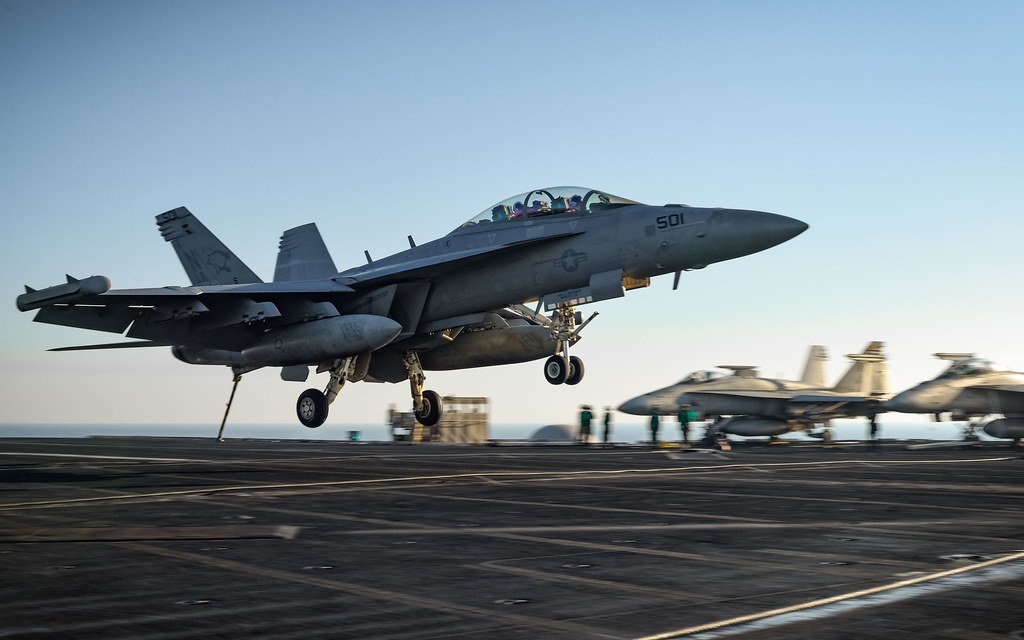
The impetus for keeping such ships afloat and at the ready is clear. Nimitz-class carriers have been the linchpin of U.S. maritime operations, projecting power and ensuring the free use of international waters, whether in peacetime or conflict.

They are a testament to the enduring necessity for readiness in the face of unforeseen challenges — a constant reminder of the oldest question in times of crisis: “Where are the carriers?”
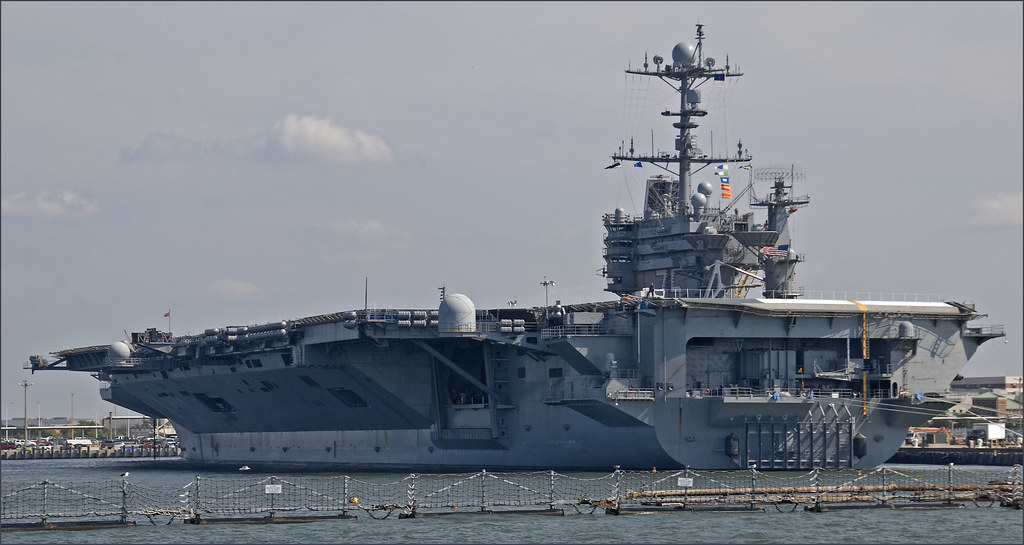
The Truman’s upcoming mission, however, is not just about maintaining naval supremacy or showcasing force. The aircraft carrier and its strike group conduct maritime security operations to intercept threats to merchant shipping and deter the seas’ use for terrorism and piracy.

PERSIAN GULF (Jan. 23, 2008) The Nimitz-class aircraft carrier USS Harry S. Truman (CVN 75), left, performs a replenishment at sea with the Military Sealift Command fast combat support ship USNS Arctic (T-AOE 8) and the Arleigh Burke-class guided-missile destroyer USS Winston S. Churchill (DDG 81). Truman and embarked Carrier Air Wing (CVW) 3 are on a scheduled deployment in support of Operations Iraqi Freedom and Enduring Freedom and maritime security operations. U.S. Navy photo by Mass Communication Specialist 2nd Class Jay C. Pugh (Released)
Aircraft carriers offer distinct advantages for disaster response and humanitarian aid. The carrier air wing aboard provides helicopters for immediate support and C4I resources to aid in swift and secure routing of assistance.
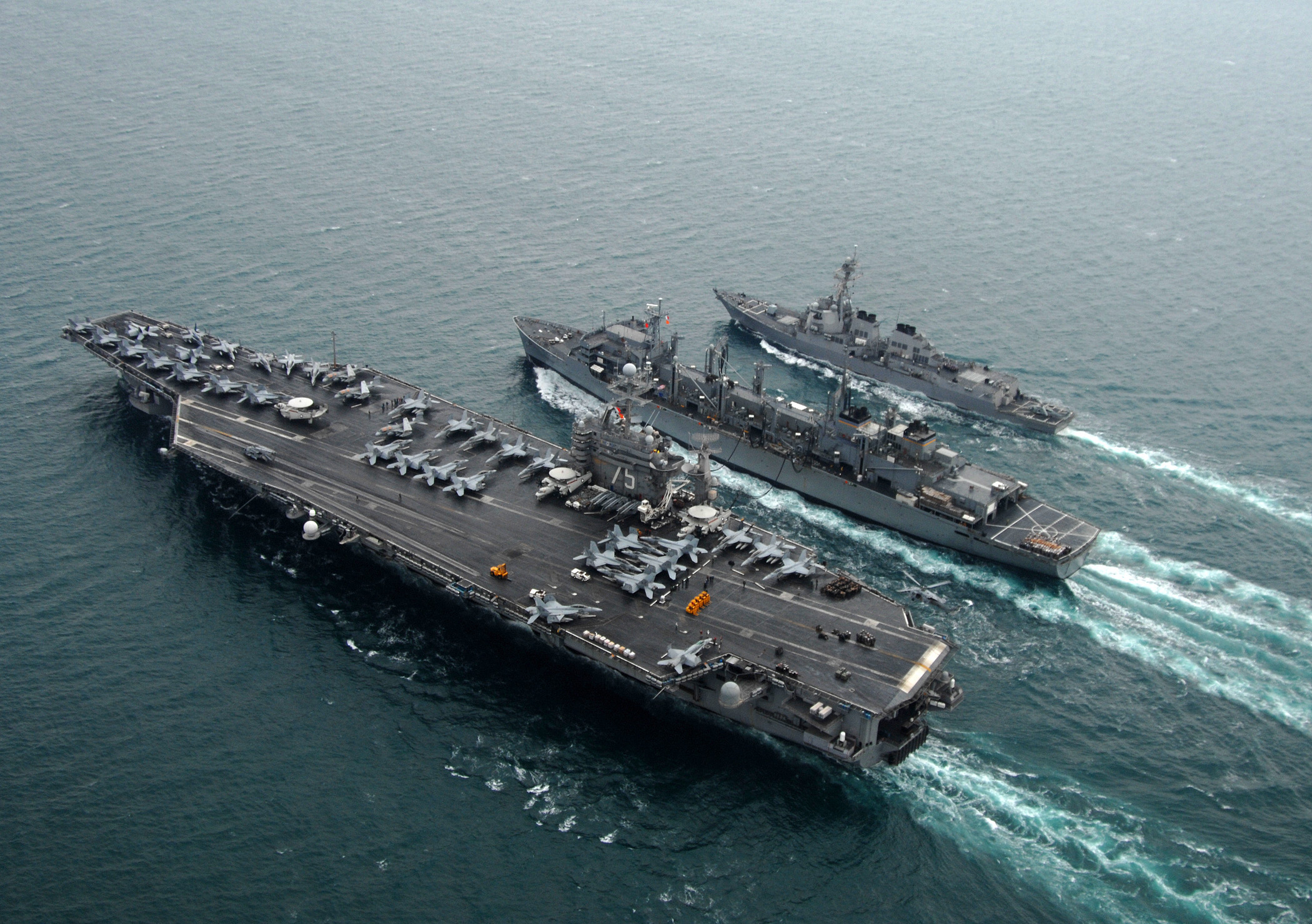
PERSIAN GULF (Jan. 23, 2008) The Nimitz-class aircraft carrier USS Harry S. Truman (CVN 75), left, performs a replenishment at sea with the Military Sealift Command fast combat support ship USNS Arctic (T-AOE 8) and the Arleigh Burke-class guided-missile destroyer USS Winston S. Churchill (DDG 81). Truman and embarked Carrier Air Wing (CVW) 3 are on a scheduled deployment in support of Operations Iraqi Freedom and Enduring Freedom and maritime security operations. U.S. Navy photo by Mass Communication Specialist 2nd Class Jay C. Pugh (Released)
The challenges ahead are steep, and the Truman’s sailors are trained and prepared, aware that their actions will have ramifications far beyond the confines of their floating city at sea.
Relevant articles:
– Harry S. Truman: The Nimitz-Class Aircraft Carrier The U.S. Navy Almost Scrapped, The National Interest
– ‘Higher stakes’: USS Truman prepares for Red Sea mission to counter daily barrage of Houthi missiles and drones, Stars and Stripes
– Nimitz Class Aircraft Carrier, Military.com
– class Carriers, Decision in Next Budget, USNI News
